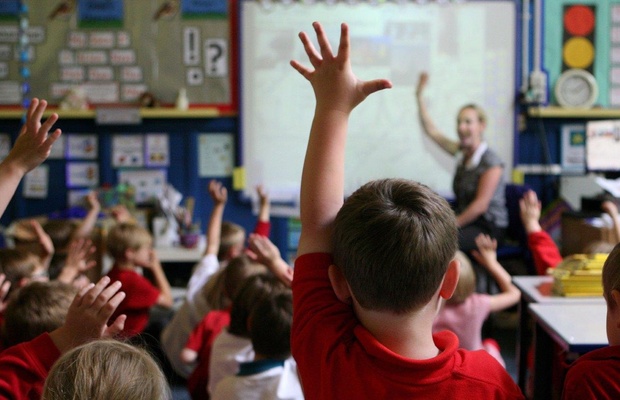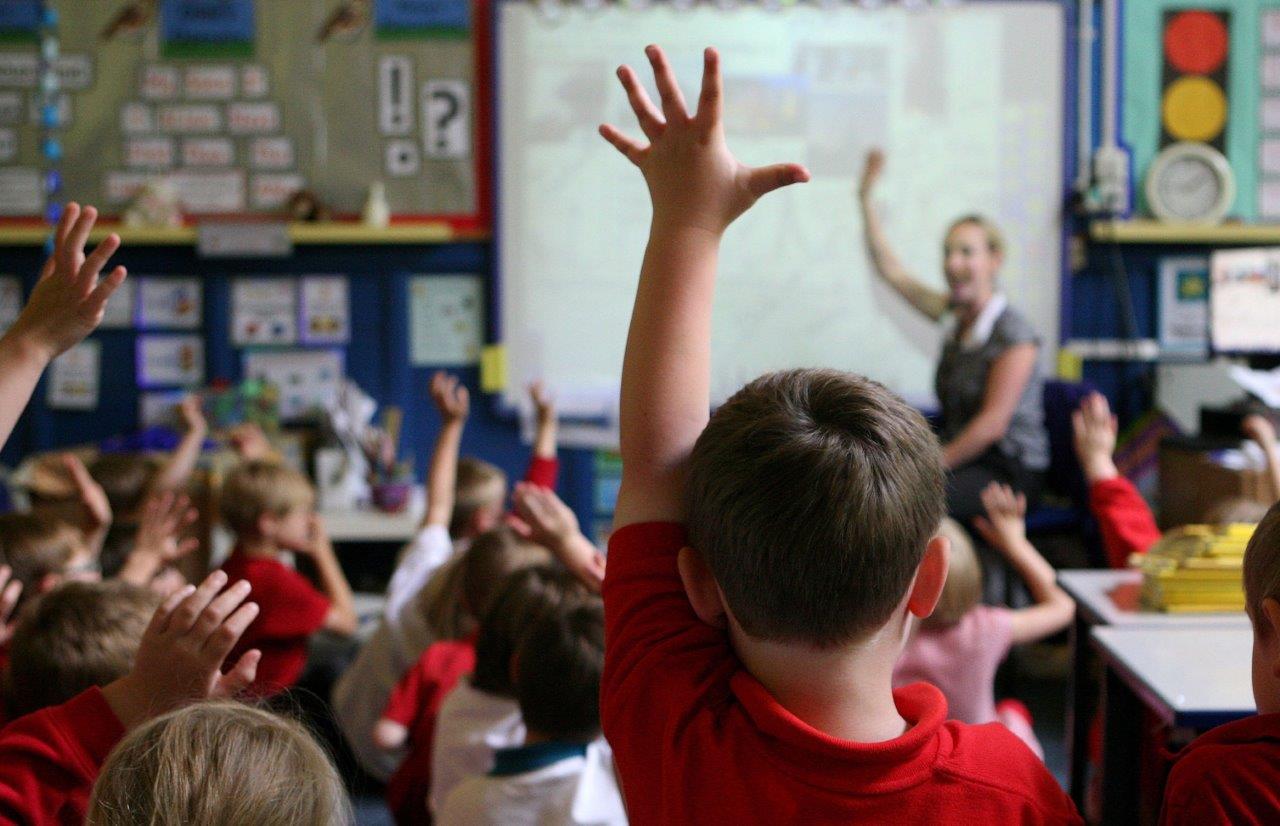Minister for Education, Jo Palmer, said as part of its 2030 Strong Plan for Tasmania’s Future, the Government is doing its best to ensure all schools have the high-quality teachers they need.
“We know there is a national shortage of teachers and Tasmania is not immune to this issue,” Palmer said.
“Our remote and regional areas can often face challenges when recruiting, which is why we already offer financial incentives for teachers who commit to working in isolated schools including Cape Barren Island, King Island District High School, Redpa Primary School and Zeehan Primary School.”
Palmer said the new pilot program includes two incentive payments for staff who commit to working at the identified school for a minimum of one year.
“The first payment of $1000 will be paid six weeks into Term I and the second payment of $2275 six weeks into Term 3, with the option for renewal for up to four years,” she said.
The model takes into account, but does not compete with, existing incentives for isolated schools.
Mat Grining, president of the Tasmanian Principals Association, said he knows first-hand the difficulties that principals and school communities face in carrying teaching vacancies that they are struggling to fill.
“These challenges are no longer limited to just our remote or isolated schools and the TPA welcomes the announcement of new incentives for our particularly hard to staff schools,” Grining said.
“We are right behind the proposed pilot program and look forward to consulting with our members on the detail and on further steps to recruit, sustain and retain our workforce.
“We are hopeful that getting this in place for 2025 will make a real and practical difference to addressing our school teaching needs.”
In accordance with State Service Industrial Agreements, the Government will now negotiate with the AEU, with the aim of having the new model in place for the beginning of the 2025 school year.
Once finalised and approved by the Tasmanian Industrial Commission, the incentive program will begin in Term I, 2025, for a period of 12 months.
As part of the Government’s 2030 Strong Plan for Tasmania’s Future, it is also investing in a $188 million School Build Blitz, extending structured literacy, and upgrading and building homes for teachers in rural and remote communities.
Across Australia, many schools continue to have trouble filling teaching vacancies, particularly in rural and socio-economically disadvantaged metropolitan areas.
Dr Babak Dadvand, a senior lecturer in La Trobe University’s School of Education, believes career change teachers are increasingly viewed as a potential solution to this staffing crisis.
“Yet despite their growing numbers, there is limited understanding of how these teachers navigate their new roles and the specific challenges they face,” he said.
Dadvand is seeking to address the issue, by examining the retention rates of career-change teachers in schools that are traditionally hard-to-staff.
“We spoke to career change teachers in hard-to-staff schools to understand the unique obstacles they encounter and the factors that influence their retention,” Dadvand said.
Some of the challenges faced by career change teachers include financial distress during the transition, and the reality of day-to-day teaching.
Many career-change teachers also find their initial expectations clash with their role in managing student behaviour or addressing the additional needs of students.
Despite these challenges, Dadvand said the research highlights their “commitment and strong dedication” to the teaching profession.
“Career change teachers face unique challenges, but many of them remain committed to making a positive impact on their students and the school community.”
“We hope this research informs strategies that could improve the support and retention of career change teachers and, ultimately, contribute to more stable staffing in hard-to-staff schools.”
To find out more about the current incentives on offer to teachers in regional Tasmania, visit DECYP’s website here.














